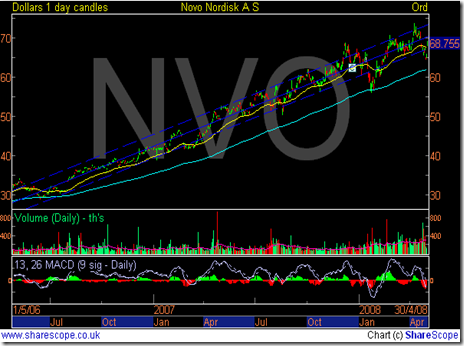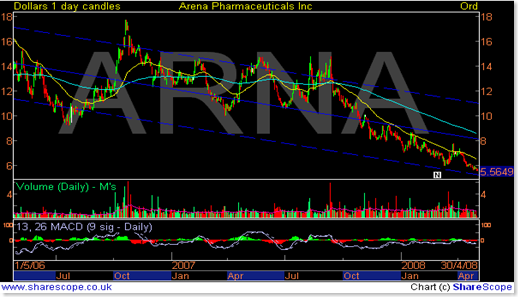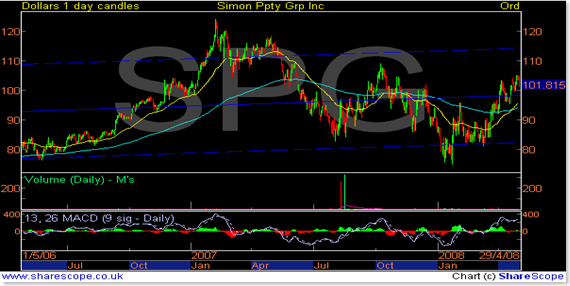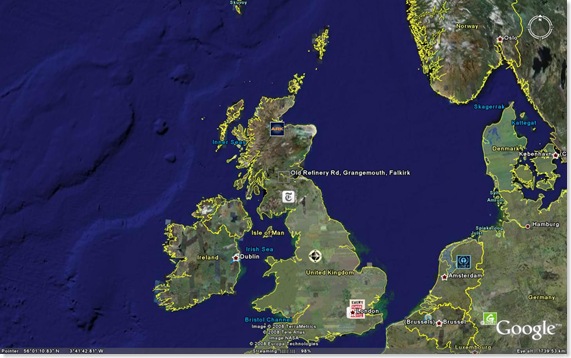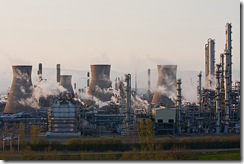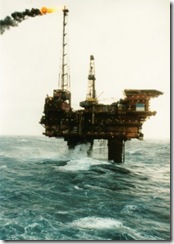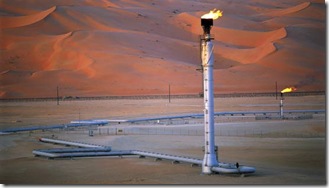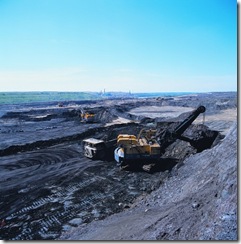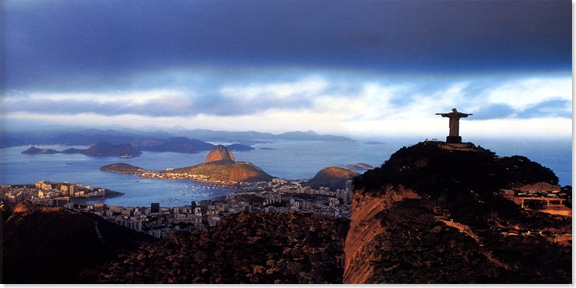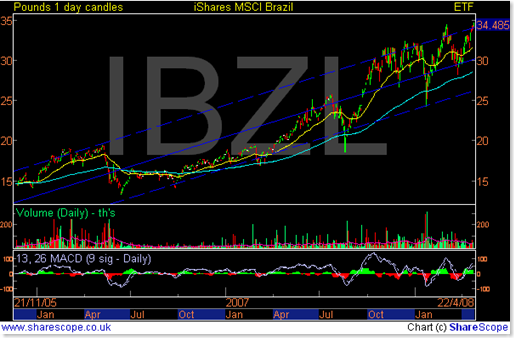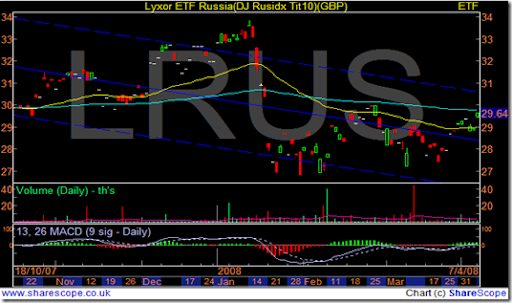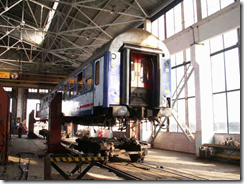How to get Fat profits from the Obesity Epidemic
It is well known that the worlds developed nations are increasingly struggling with the Health Crisis caused by Obesity. Type II Diabetes is on the rise and is increasingly being seen in younger and younger patients. Previously a disease of middle age ,it is not uncommon to see cases now in teenagers in the US and the UK.
It seems now though that this epidemic is spreading its wings beyond the UK and US and is going Global
The World Health Organisation projects that 2.3 billion people will be overweight by 2015 and a
further 700 million will be obese – a staggering 45% and 75% increase from current levels.
What is the main underlying cause of this problem ? Well for the most part, it’s poor lifestyle. As developing economies grow rapidly, more and more people around the world are becoming richer and leading more urban lifestyles. That generally means eating more and doing less physical work compared with an agrarian lifestyle. In addition, stressed and harassed workers spending more and more time at work or their desks are increasingly defaulting to processed and prepacked food which is generally less good for you than freshly prepared meals.Longevity is another factor, as we get older and live longer more sedentary lives after retiring from work we can expect obesity levels to rise further.
According to the International Obesity Task Force, the percentage of overweight and obese children in England has more than tripled since the mid-1980s to around 25%. As research suggests that around 70% of overweight children go on to become overweight adults, this is clearly storing up problems for the future.
The Rand Corporation, a US think-tank, estimates that if current trends continue, obesity could account for 20% of US healthcare costs by 2020. Of course, where there’s a problem, there’s someone trying to solve it – and that means investment opportunities.Given today’s tendency to try to solve problems by popping pills, the most promising way to make money from our expanding waistlines is via the pharmaceutical sector.
A drug that can melt off the pounds is a holy grail for the pharmaceutical industry and several firms are trying to develop one. Two are already available – Roche/GSK’s Xenical and Abbott’s Meridia – but both have unpleasant side effects. Sanofi-Aventis had high hopes for Acomplia, but last year withdrew its application to market the drug in the US for weight-loss purposes after suggestions of increased suicide risks.
So we are possibly some way away from a safe well tolerated "Fat Busting Pill" there is also debate as to whether the financial pressures on the Worlds Healthcare systems will allow for funding to be generally available to pay for drugs that treat what can be a preventable disease .
Currently some of the best ways to play this trend is via the companies that treat diabetes. There are three or four companies that are well established in the market and would warrant further investigation, there are also one or two higher risk/reward plays that might be worth looking at if you are less risk averse
One established play is Denmark’s Novo Nordisk (US: NVO) around three quarters of its revenues are from the $21bn diabetes-care market.It isn’t the cheapest pharmaceutical stock on the market, but offers a record of strong growth and high-quality management.
A shift towards higher-margin treatments, such as insulin substitutes, growth hormones and blood-clotting drugs is paying off, and double-digit profit growth should be sustainable – as long as new drug Liraglutide, which stimulates insulin production, performs well against a long-acting version of Eli Lilly’s Byetta.
Riskier, but with the potential for far higher rewards is Arena Pharmaceuticals (US: ARNA) one of many firms trying to develop that blockbuster weight-loss drug. Its drug, Lorcaserin, stimulates a protein in the brain that makes people feel full – the same approach used by a previous drug called Fen-phen, developed by Wyeth. Fen-phen was withdrawn in 1997 after causing heart-valve damage in some patients, but the latest trials suggest that Lorcaserin will not cause the same problem. Further studies are continuing, but if all goes well, Arena plans to seek US regulatory approval in 2009.
If it comes to market the analysts view is that it will likely be a $1 billion drug and will make a real difference to the bottom line for Arena which currently has no products on the market
For those who are looking for a more steady and possibly safer play then you may want to look at GlaxoSmithkline (GSK).Over the last year they have had a real rough ride with their Diabetes drug Avandia after an article indicating it could cause cardiovascular problems . This resulted in a number of patents being switched to their rival Takeda's drug Actos.
Recent indications have been that the loss of prescriptions has slowed and may be reversing, Takeda are a lot smaller than their UK rival and they cannot match GSK in terms of Investment or resource so may find it increasingly difficult to hold off a sustained marketing onslaught from GSK.
Best Wishes
Alan
